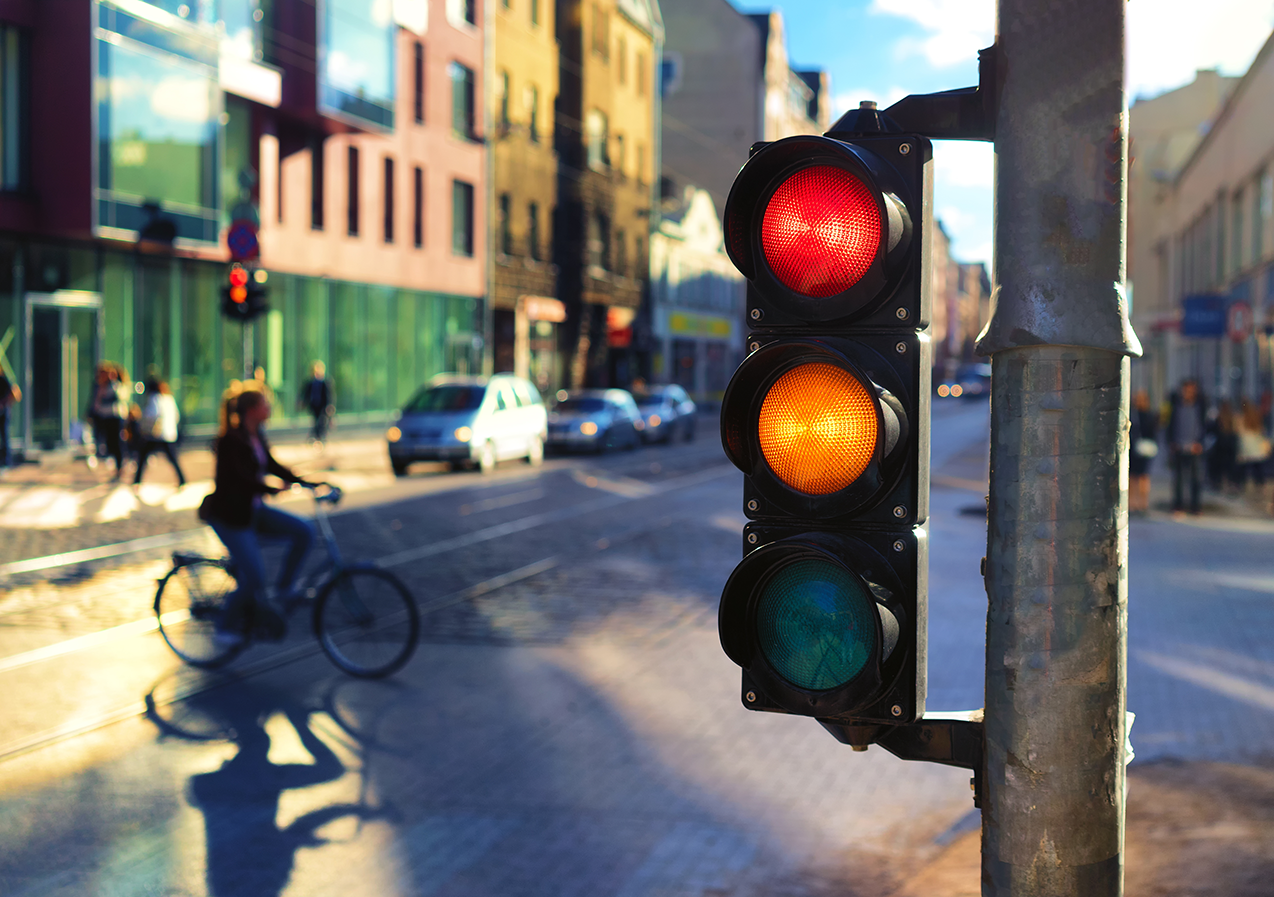The Traffic Light
Have you ever stopped at a red light and wondered about the technology behind it? The traffic light, also known as a traffic signal or stoplight, is a device that controls the flow of vehicular and pedestrian traffic. It has become an essential part of modern transportation and has significantly contributed to road safety and traffic management.
In this article, we will take a closer look at traffic lights, their history, how they work, and their impact on modern transportation.
A Brief History of Traffic Lights
Traffic lights have a fascinating history that dates back to the 19th century. The first traffic light was installed in London in 1868, but it was not automated. It was a manually operated gas-lit traffic signal, and it had two colors: red and green.
The first electric traffic light was invented in 1912 by a police officer named Lester Wire in Salt Lake City, Utah. The device used red and green lights, but it did not have a yellow light. In 1920, William Potts, a Detroit police officer, added a yellow light to the traffic signal, creating the three-color traffic light system that is still in use today.
How Do Traffic Lights Work?
Traffic lights are controlled by a complex system of sensors, controllers, and computers. The system is designed to ensure that traffic flows smoothly and safely.
The traffic light system consists of three main components: the signal head, the controller, and the detector.
The Signal Head
The signal head is the visible part of the traffic light system. It consists of three colored lights: red, yellow, and green. The signal head is mounted on a pole and positioned at intersections or pedestrian crossings. The red light indicates that vehicles and pedestrians must stop, the yellow light warns drivers to slow down, and the green light signals that it is safe to proceed.
The Controller
The controller is the brain of the traffic light system. It is responsible for coordinating the timing of the lights, taking into account the traffic flow and the safety of pedestrians. The controller also receives input from detectors, which monitor traffic volume and adjust the timing of the lights accordingly.
The Detector
Detectors are sensors placed in the road that detect the presence of vehicles or pedestrians. They are connected to the controller, which uses the data to adjust the timing of the traffic lights. The most common types of detectors are loop detectors and video detectors.
Loop detectors are embedded in the road surface and use electromagnetic fields to detect the presence of vehicles. Video detectors, on the other hand, use cameras mounted on poles to detect the presence of vehicles or pedestrians.
Impact of Traffic Lights on Modern Transportation
Traffic lights have had a significant impact on modern transportation. They have improved road safety, reduced traffic congestion, and increased the efficiency of transportation systems.
Improved Road Safety
Traffic lights are essential for improving road safety. They help to regulate the flow of traffic and reduce the likelihood of accidents. The red light, in particular, forces drivers to stop and wait for the green light, which reduces the risk of collisions at intersections.
Reduced Traffic Congestion
Traffic lights also help to reduce traffic congestion. By controlling the flow of traffic, they ensure that vehicles and pedestrians move safely and efficiently through intersections. The controller system can also adjust the timing of the lights based on the volume of traffic, reducing the wait time for drivers and pedestrians.
Increased Efficiency of Transportation Systems
Finally, traffic lights have increased the efficiency of transportation systems. By improving road safety and reducing traffic congestion, they have made it easier for people to travel from one place to another. The traffic light system also allows for the integration of other transportation technologies, such as autonomous vehicles, which can communicate with traffic lights to optimize traffic flow.
Labels: Interesting, science, Technology


0 Comments:
Post a Comment
Subscribe to Post Comments [Atom]
<< Home